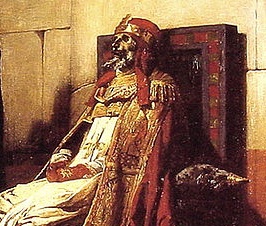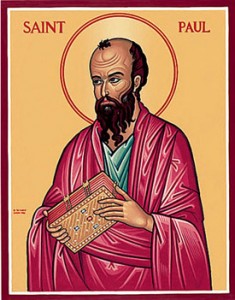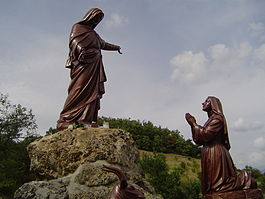
M. C. Escher’s Drawing Hands shows two drawn hands drawing each other, each hand getting its power to draw from the other. True to Escher’s style, a paradox is presented to the eye of the beholder, and the paradox is never resolved—the eye must continually move from one object to the other. Each time the eye settles on an apparently solid 3-dimensional object that can make sense of the rest of the picture, the paradox reappears. The search for the original, “authoritative” hand never ends.
We believe this is a good illustration of Roman Catholicism’s view of Tradition because Tradition is based on what Rome teaches, and what Rome teaches is based on Tradition. We gave an example of this in our recent post, All the Way Back. In that post, Roman priest and Marian devotee, Fr. Thomas Livius, showed the origins of Marian doctrines from the Fathers of the first six centuries. When he arrived at the teachings of Origen, Basil and Cyril—that the sword that pierced Mary’s soul (Luke 2:35) was the sword of doubt and unbelief—rather than accept that the early church understood that Mary was sinful, Livius spends his next three pages correcting Origen, as well as Basil and Cyril who agreed with him.
This raises the obvious question: Continue reading How to resolve an historical paradox
 Follow
Follow





